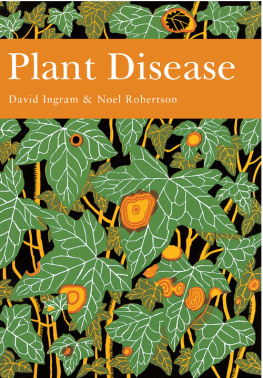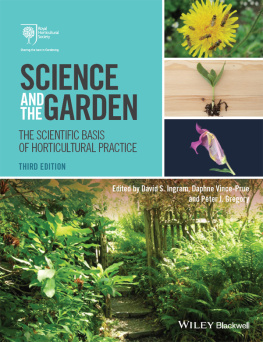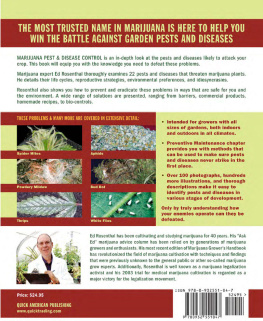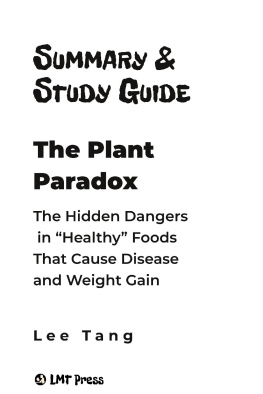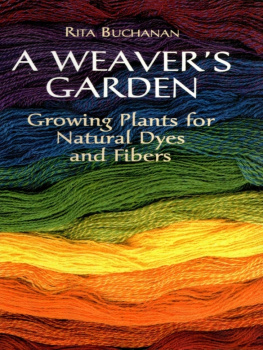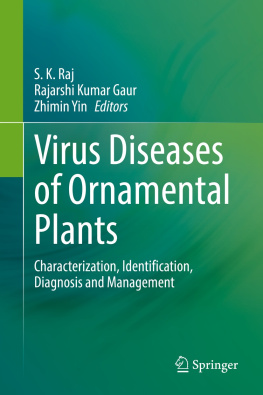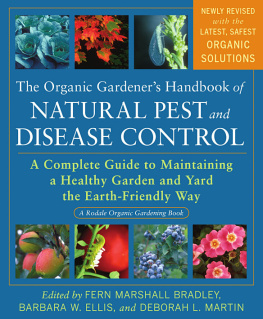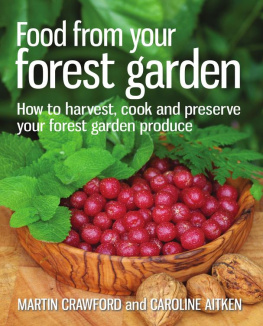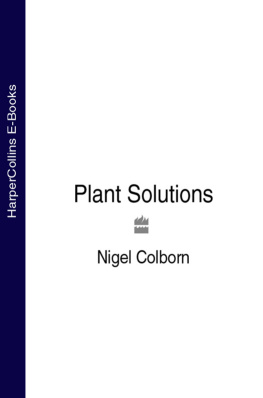SARAH A. CORBET Sc.D.
S.M.WALTERS Sc.D. V.M.H.
PROF. RICHARD WEST, Sc.D., F.R.S., F.G.S.
DAVID STREETER, F.I.Biol.
DEREK A. RATCLIFFE
The aim of this series is to interest the general reader in the wildlife of Britain by recapturing the enquiring spirit of the old naturalists. The editors believe that the natural pride of the British public in the native flora and fauna, to which must be added concern for their conservation, is best fostered by maintaining a high standard of accuracy combined with clarity of exposition in presenting the results of modern scientific research.

Leaf lesion with a necrotic centre; note the white haze of sporangiophores and sporangia on the green tissue around the margin of the lesion.
Infected tuber; note the foxy red discolouration of the infected cells.
Potato plot with a primary focus of infection in the top left hand corner.
The same plot ten days later; spores have spread from the primary focus to infect most of the plants.
Pythium ultimum causing damping-off in a pot of lettuce (Lactuca sativa) seedlings.
Phytophthora sp. (probably cactorum) causing partial death of Japanese maple (Acer palmatum) at Benmore, Argyll.
Bremia lactucae causing downy mildew of lettuce; note that the infected tissues between the veins bear white spores and are quite green.
Albugo candida causing white blister on shepherds purse (Capsella bursa-pastoris) at Gullane, East Lothian; note the masses of white spores and the distortion of the infected flower stalks.
Botryotinia fuckeliana (= Botrytis cinerea) causing grey mould on Kalanchoe blossfeldiana; note the grey haze of conidiophores and conidia on the rotted tissues.
Coniothyrium hellebori causing target spot on a leaf of Christmas rose (Helleborus niger).
Taphrina deformans causing peach leaf curl on almond (Prunus amygdalus); note the distortion and red coloration of the infected leaves.
An ergot of Claviceps purpurea, collected from sea lyme grass (Elymus arenarius), germinating to produce drum-stick perithecial stromas.
Epichloe typhina causing choke of fescue (Festuca sp.) near Kilmartin, Argyll.
Venturia inaequalis causing scab of crab apple (Malus sp.) in Aberlady, East Lothian.
Early signs of disease on one of the elms (Ulmus sp.) along the Backs in Cambridge in 1975. Within weeks this magnificent tree was dead.
Galleries of elm bark beetle.
Erysiphe pisi on pea (Pisum sativum) in Edinburgh; note the whitish, powdery covering of hyphae and conidia on the green leaves and stems.
Green islands induced by colonies of Uncinula bicornis on sycamore (Acer pseudoplatanus).
Sphaerotheca mors-uvae on gooseberry (Ribes uva-crispa); note the masses of brownish hyphae and conidia on the surface of the green fruit and leaves.
Magnified ascocarps (cleistothecia) and surface hyphae of rhododendron powdery mildew (Microsphaera type).
Honey-coloured, sweet-smelling pycnia of Puccinia punctiformis (creeping thistle rust) on elongated, paler green leaves of Cirsium arvense.
Orange aecia of Puccinia sp. (probably caricina) on the surface of nettle (Urtica dioica); note the distortion of the infected tissues.
Lesions with concentric rings of urediospores of Puccinia graminis f. sp. tritici (black stem rust) on wheat.
Teliospores of Uromyces muscari, together with green islands, on English bluebell or wild hyacinth (Hyacinthoides non-scripta).
Telial horns of Gymnosporangium cornutum on Juniperus communis near Walkerburn, Peeblesshire.
Pointed aecia of G. cornutum on a leaflet of rowan (Sorbus aucuparia), the alternate host.
Black ustilospores of Ustilago violacea on the anthers of red campion (Silene dioica).
White bud spores (= conidia) produced by budding of hyphae of Urocystis primulicola infecting the anthers of primrose (Primula vulgaris).
Heterobasidion annosum causing death of young pine trees (Pinus sp.) being shown to students by the late John Rishbeth in Thetford Forest, Norfolk.
Basidiocarps of H. annosum pushing up through Sitka spruce leaf litter at Juniper Bank, Peeblesshire.
Meripilus giganteus basidiocarps growing from infected roots of beech (Fagus sylvatica) in Cambridge.
Ganoderma applanatum basidiocarps growing from a mature beech tree; note the masses of rusty brown basidiospores.
The copyright in the photographs in the colour plate section belongs to David Ingram with the exception of the following:
B. Goddard, University of Cambridge: 2a
S. Helfer, Royal Botanic Garden Edinburgh: 5d
H.J. Hudson, University of Cambridge: 3c
Scottish Crop Research Institute, Dundee, UK: 1a; 1c; 1d
I.W.J. Sinclair and Younger Botanic Garden, Benmore, Argyll, Scotland: 2b; 8d
Debbie White, Royal Botanic Garden Edinburgh: 3b; 3d; 5a; 5b; 5c; 6a; 6b; 7a; 7b; 7c; 7d; 8b

It is well said that the British are a nation of gardeners, and as such they must all be aware of the manifestations of plant diseases. Moreover, in recent years there have been very welcome signs that the apartheid separating notionally something called wildlife from anything classed as a garden plant (or animal) has been largely broken down. It is therefore singularly appropriate that we include in the New Naturalist series this excellent volume devoted to the natural history of plant disease. It clearly satisfies both conditions included in our aims for the series: namely, it will interest the general reader in the wildlife of Britain by recapturing the inquiring spirit of the old naturalists, and it maintains a high standard of accuracy combined with clarity in presenting the results of modern scientific research.
We could not have found better authors to undertake the task for us. As they tell us in their Foreword, their friendship and shared enthusiasm for plant pathology go back forty years, and the book represents a successful new collaboration. Throughout its pages we appreciate this joint enthusiasm, and we share the authors hope that their many readers will gain, as they evidently did, the same immense pleasure and intellectual stimulus from the study of diseases.
It is the convention of the Editors to entrust each book to a particular member of the Editorial Board, to whom falls the task of drafting the Editors Preface to be published anonymously. For this occasion, I have asked that the rule be set aside, for the reason that will now be apparent. Within a day of my receiving the fully-corrected page proofs, David rang to tell me the news of Noels death. Both authors were personal friends of mine, from their Cambridge days. I do not feel it appropriate to say more, but can wholeheartedly commend to you this collaborative work which can speak for itself.

